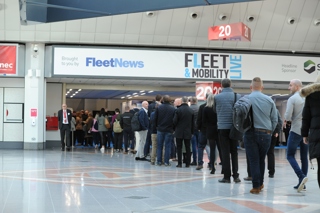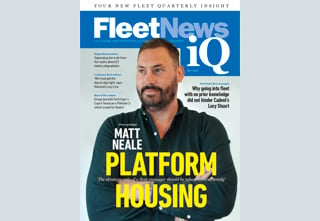Case study: Siemens
Siemens switched from having a fleet department to outsourcing its fleet management to Lex Autolease three years ago.
Paul Tate, commodity manager at Siemens, is responsible for fleet strategy for the 5,000-vehicle fleet and manages the relationship with Lex Autolease.
The decision was taken to outsource to reduce admin costs while fleet wasn’t viewed as a core function.
“The challenge when we first outsourced was that people would say ‘the fleet is nothing to do with me now’,” Tate says.
“But stakeholders still need to provide the supplier with information.
“It’s taken a long time to pull people back in.”
On the upside, outsourcing has reduced costs and Lex Autolease is on target to save Siemens millions of pounds this year on purchasing.
There is also a time saving benefit as outsourcing has streamlined processes.
“Rather than the employee going to the fleet department about re-ordering a vehicle, the fleet department contacting the leasing company and the fleet department then going back to the employee, the employee speaks directly to the leasing company,” Tate explains.
Lex Autolease has to demonstrate “value add”.
Tate holds telephone conferences with Lex Autolease on a fortnightly basis to look at specific issues and monthly and quarterly reviews.
The quarterly review looks at performance against the KPIs set by Siemens.
There is also a driver complaints’ log which is reported on each week.
A strategic review takes place each year.
“We don’t score our supplier on the whole, we strip down to key service levels,” Tate says.
“If they are performing well in one area it could mask failures in other areas if you just look at the overall
performance.
“We also ask them to do a reverse evaluation and tell us where we could improve.”
As Siemens is “heavily reliant” on one supplier, Tate also does benchmarking exercises to ensure Lex Autolease’s rates and service provision is competitive.
All of his time is spent on fleet – managing and monitoring suppliers as well as working on strategy.
“There is me and an employee in HR involved in policy rather than a team of 10 to 15 people,” Tate says.
Does he think other companies should outsource?
“I’m sitting in the middle,” Tate says. “If you don’t get it right it could cost you more money. You have to have the procedures in place.”
Case study: Hannaford
Project management and construction company Hannaford favours an in-house approach to fleet management.
It employs a full-time fleet manager (Leigh Stiff) to run its 32 vehicles (21 cars and 11 vans).
The main benefits, according to Stiff, are “control” and “cost savings”.
“I make sure we’re not spending money unnecessarily,” he says.
Stiff has halved the cost of licence checking by going direct to the Licence Bureau rather than a leasing provider.
He also handles accident management. Previously Hannaford used an accident management company through its leasing company.
“I prefer to speak to the garage myself rather than get a bill from the leasing company and be surprised by the number of repairs that have been done,” Stiff says.
“I also have a better understanding of how people treat vehicles.”
Stiff also goes direct to daily rental companies.
“It’s easier to shop around,” he says. “And I can get a vehicle off hire sooner because the driver will give the keys to me rather than contacting the leasing company.”




















Login to comment
Comments
No comments have been made yet.